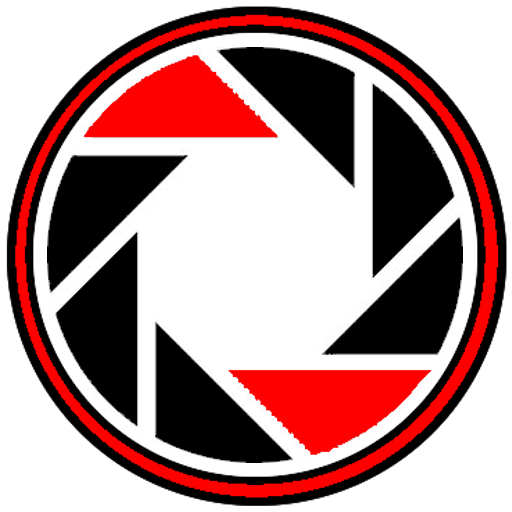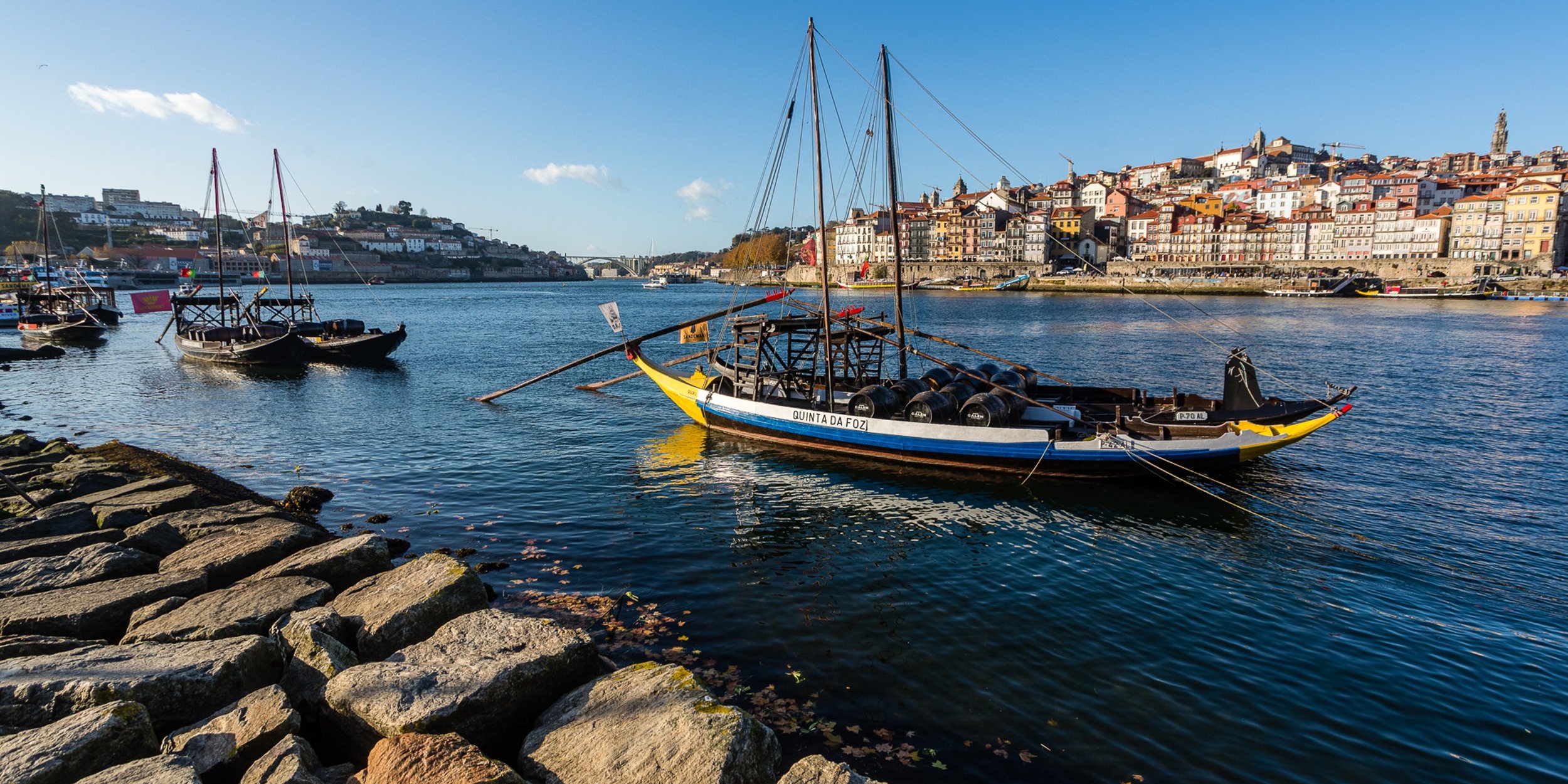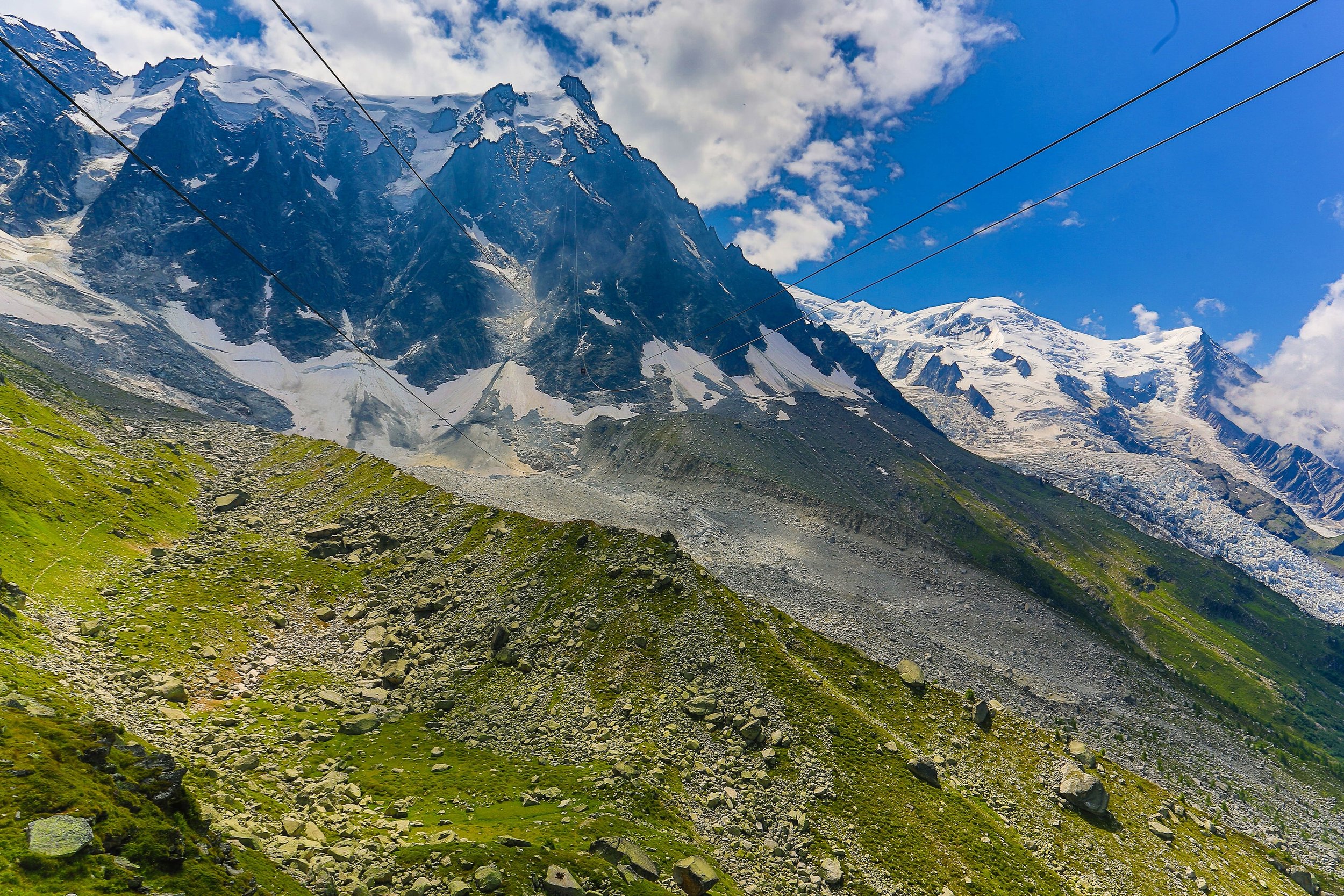Wadi Rum
People often compare Wadi Rum desert to Arizona. Whilst both are desolate landscapes dominated by rocky outcroppings, the similarity really stops there. Wadi Rum does not have the dramatic striation that defines Arizona, but instead has an almost melted look on its rock outcroppings due to the soft sandstone and limestone of the region.
Wadi Rum has been populated since pre-history and carvings in Aramaic, Arabic or pictograms can be found scattered in their thousands around the desert. Some show images of animals and people, others are lines from the Koran. Still more are unclear, as the weather has eroded them to faint impressions.
The desert is silent, at least, once night falls and the generators powering the numerous camps are shut down. This can be something of a surprise to visitors who wake up at night and try and turn on a light.
We took 4x4s through the desert to see some of the writing up close, to experience the scenery of the desert and to stand on a rocky outcropping facing West and watch the sunset. Unfortunately, the cloud cover was such that the sunset was not particularly inspiring.
When the sun goes down, the temperature falls almost immediately. Whilst it never got cold compared to winter in Sweden, the sudden change from the day time temperature was a shock to the system.
Our evening meal was lamb, cooked below ground in a cast iron pot, buried below the sand with hot coals. It was delicious.
At one point in the evening, a group of us walked out into the desert, led by a Bedouin guide carrying bottled water, an iron tea pot (and in several of our cases, cameras with tripods) and we settled on the sand. After twenty minutes of searching for wood, mostly found in small sticks of dead plants growing from sandy dunes, our guide used paraffin to start a small fire, a fire we had to rush to supply and feed more than our initially meagre collection of sticks could sustain.
Once the tea was brewing, I setup my camera against the night sky and was amazed by the density of the stars you can see with even a fast exposure. It is a beautiful sight and reminds me again and again how much we miss in Europe with the amount of light pollution we have. The majesty and wonder of the night sky is made small and easily ignored by the lights we have on earth and we are all less for it.
Despite the isolation, from time to time car headlights can be seen, carrying far over the desert. It is surprisingly well populated, a number of traditional camps aimed at tourists, newer camps with glass dome tents for those looking for ‘The Martian’ experience and camping under the sky and some true Bedouin camps dot the region.
Before sunrise, we were up at 5am to ride camels due East to watch the rising sun over the desert.























